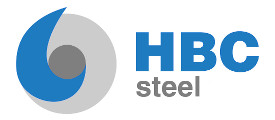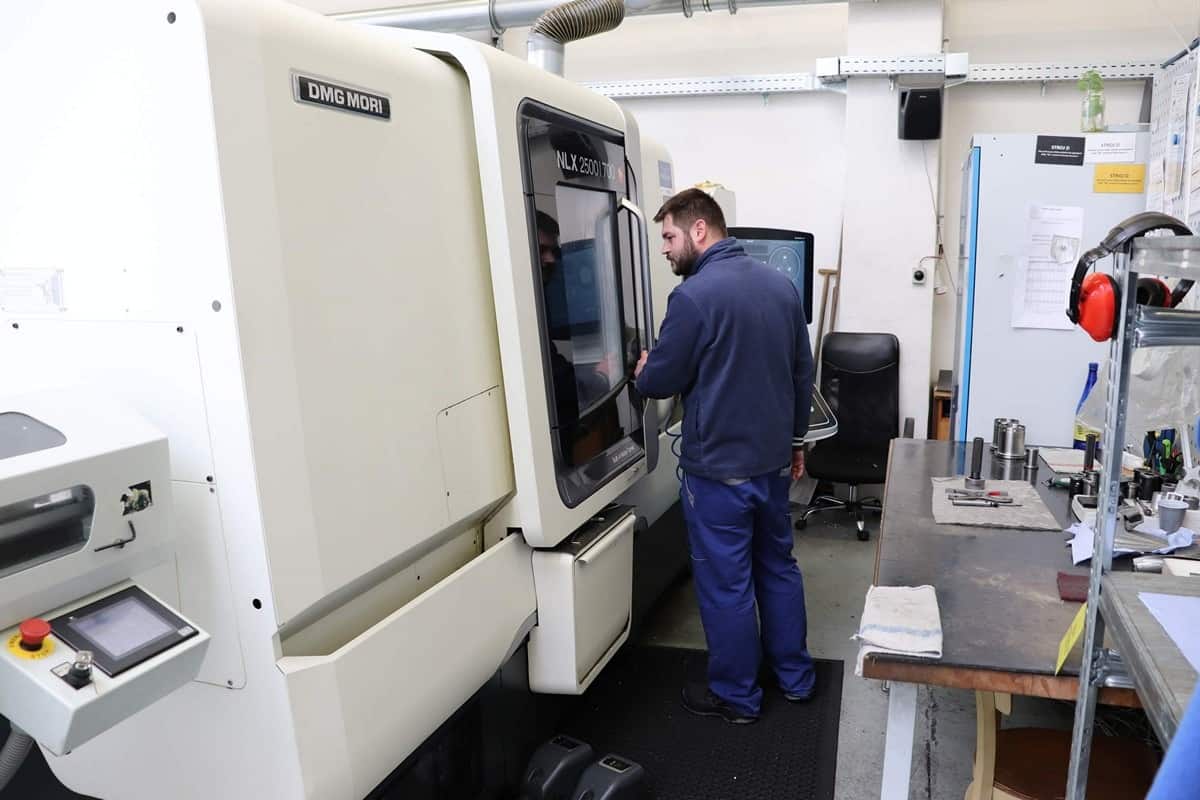Tool management is needed in metalworking so that the information regarding the tools on hand can be uniformly organized and integrated. The information is stored in a database and is registered and applied using tool management. Tool data management consists of specific data fields, graphics and parameters that are essential in production, as opposed to managing general production equipment.
Unlike hand tools, a tool in numerically (digitally) controlled machines is composed of several parts, such as the cutting tool (which may be one piece or comprise a body plus indexable inserts), a collet, and a toolholder with a machine taper. Putting the parts together accurately into an assembly is required to achieve error-free production.
Processing a part with a CNC (computer numerically controlled) machining operation requires several tool assemblies that are documented in a list. Each component, each assembly and each list has an identifier under which the specifications are found. Tool management is divided into documentation (master data) and logistics (transaction data). The documentation includes information needed for a trouble-free and a comprehensible production process. Spare parts, experiences in production and the corresponding data can be managed. Several functions are available to manage, process, print and combine with other applications.
Logistics deals with demand planning, supplies and tool location. This includes, on one hand, the location in the warehouse and the purchasing of individual parts with the corresponding consumption report. It also allows for the planning and coordination of the movements of the assemblies within the shop floor.
In the decades of the 2000s and 2010s, tool management has increasingly moved toward a universal, industry-standard, machine-readable format for encoding tooling information, which makes possible better software, greater automation, and better simulation. ISO 13399 (Cutting tool data representation and exchange) “is an international standard designed to give industry a common language to describe cutting tool products in a digital format.”
Source: Wikipedia

